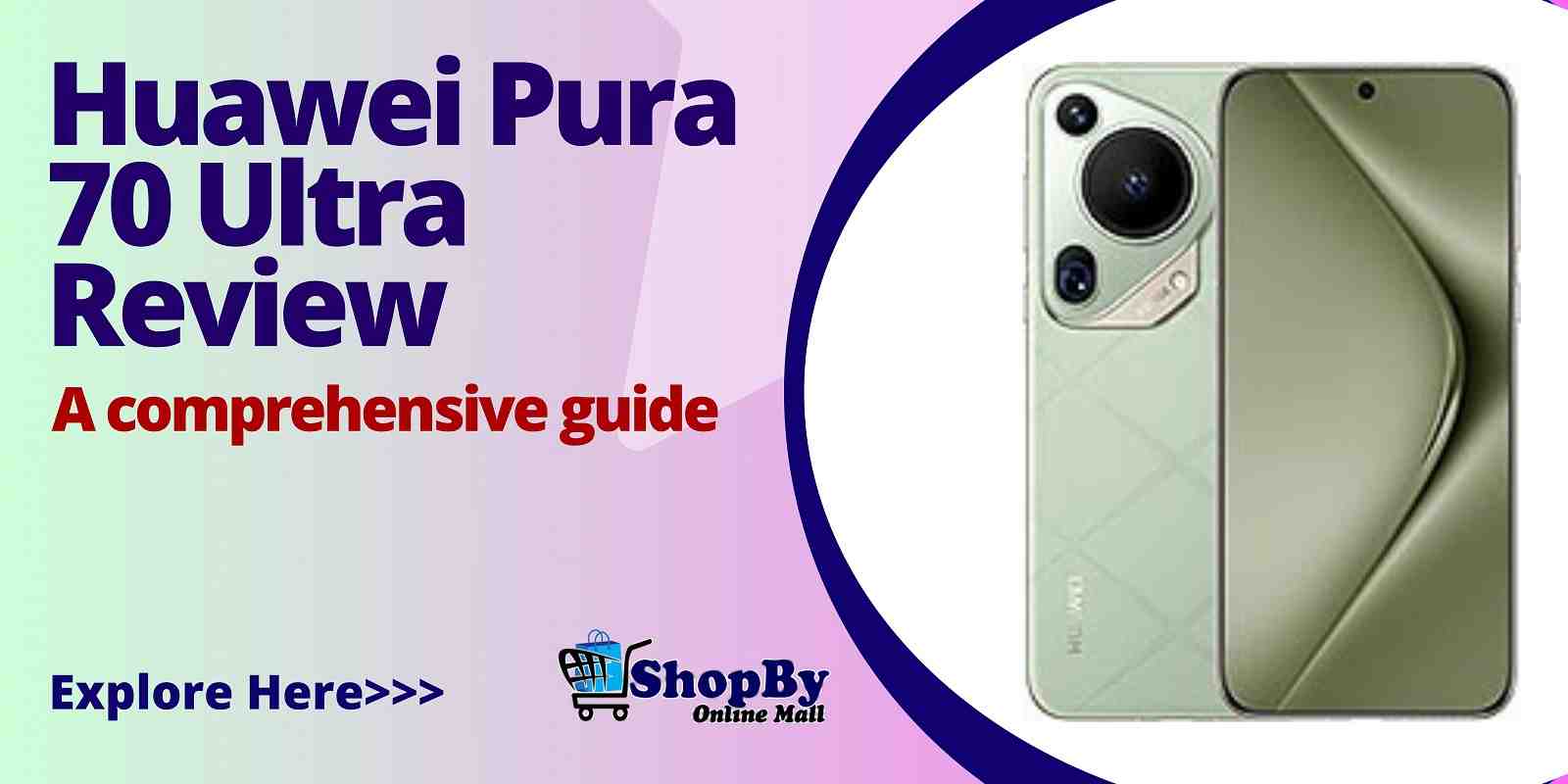- Your cart is empty
- Continue Shopping
How to Transfer Photo Print to fabric

ShopBy Online Mall Nigeria
What is Photograph?
A photograph or transparent slide that depicts a person or scene that was captured by a camera on a light-sensitive surface.
What is Fabrics?
Any substance made from fibers through weaving or knitting. The term “textile” refers to a wide range of fiber-based products, such as fibers, yarns, filaments, threads, and other fabric kinds. The term “textiles” used to only refer to woven cloths. READ MORE on SIMPLE AND LIGHT FABRICS FOR EASY SEWING
What is a Fabrics printing?
Using pigments, dyes, or other materials in the form of patterns, printing is a procedure used to decorate textile fibers. Although they appear to have evolved from hand painting fabrics, such techniques are also very old.
How to Transfer Photo Print to fabric
A fabric addict’s fantasy comes true when images, including photos and pictures, are transferred to fabric. Who doesn’t enjoy customized items? Consequently, when gorgeous materials in your preferred color are printed with your favorite images. You are in the land of fabrics! So quickly we will be looking at the various transfer medium of photos to Fabrics.
The use of transparency and medium in contact printing
Utilizing the transparent sheet of clear plastic with the image already printed on it is required.
The fabric then receives this transfer.
You must purchase the acetate/transparency sheets, which are sold in the majority of places.
How to do it:
This plastic sheet can be printed directly from your printer or photocopied as a mirror version of the print you require (from a photo, book, or printed paper).
If utilizing a copier, be sure the transparency is suitable with the device; otherwise, it could stretch, melt, or become damaged.
Print a mirror version of your photo onto the transparency’s matte side.
The disadvantage of this method is that it is not so colorfast. You will have to be very careful in washing the print you get – otherwise, the color will fade peel or crack very unattractively. So, though the process of photo transfer is easy, Just do not expect it to last forever.
(A more easier method is to use the printed transparency without the medium – take it out of the inkjet printer as soon as it is printed and press on your fabric for a quick photo transfer. If the paint is wet it might work for you.)
The Sun’s Rays Printing
Sun printing is a technique for imprinting material using the sun’s beams.
This technique for printing on fabric creates a negative picture on a blue fabric after exposure to sunlight using a specially formulated Cyanotype fabric or blue print fabric.
How to do it: Use a transparency with the print of your choosing (create a negative version of your favorite digital shot and print it on an inkjet or overhead transparent sheet) or, if you’re a photographer, select a negative from your collection with high contrast. Place it on the cloth intended for sun printing, cover it with a piece of clear, non-UV-blocking glass to hold it in place and keep it flat, then expose it to the sun directly. Usually, the print becomes apparent after 10 to 15 minutes. Depending on the cloth you have, the print will appear white or in a lighter color.
In addition to these photo transfer techniques, there are other ways to print your image directly on fabric. In one method, you simply use glue to attach the image to a canvas so that it is not immediately obvious that it is not printed on fabric. This method is best suited for wall decoration because it may not be suitable for use in clothing production.
Solvent Transfers
This process can be used to permanently transfer both black-and-white and colored prints from paper to fabric.
Turpentine, mineral spirits, acetone (nail polish remover with acetone in it can be used), and other commercial solvents developed expressly for this transfer are commonly used solvents in this method of photo transfer.
How it’s done: In this procedure, the fabric is kept face down while the copy of your design is rubbed with the solvent from the back using a cotton cloth.
You should press the print with another smooth applicator once the paper has completely absorbed the solvent to ensure that it has adhered properly and that you have obtained an exact print.
For durability, you must heat set the print after it has dried.
This is a slightly risky method because the solvents could be dangerous, especially if you accidentally come into contact with them or utilize them in a space that is enclosed. Simply put, solvents are hazardous. When doing this transfer, it’s important to have enough ventilation and stay away from fires.
(Remain calm even if the transfer is going terribly. You might never smoke or perform photo transfers again, so resist the urge to turn to smoking as a stress reliever. Solvents can catch fire.
Heat transfer, photo prints on paper, and transfer medium
In contrast to the other process, this one applies a specific gel medium (Acrylic gel medium) to the print you already have before keeping it on the fabric and rubbing.
The fabric will receive a lovely picture transfer.
The simplest method is to use a laser-printed image; an inkjet print should not be used.
This approach uses thick paint on printed paper that will completely transfer to your fabric to transfer matte printed magazine cutouts or eye-catching prints on thickly printed posters, etc.
Original photos cannot be utilized in this way; instead, make a color laser copy of the image to use instead. This medium has a crucial requirement that it works best with white or light-colored fabric.
Transfer sheets for heat (Iron on transfer sheets)
With a color laser copier or printer and the heat transfer sheet, your favorite photo can be copied and then heat-set onto fabric. The heat transfer sheet is a special polymer-coated paper.
You may hear of this sheet as “t-shirt transfers” because it is used in t-shirt printing.
How to do it: The simplest way to transfer photos onto fabric is to make a copy of your full-color prints on specialized heat transfer sheets, keep it face down on your fabric, and then iron over the back of the sheet to see your image magically transfer onto the fabric with all the vivid color and clarity of the print you have.
Additionally, transfer papers are provided, which you can print the image on. You’ll require the particular transfer sheets that work with your printer. Laser printers might not be able to use certain transfer sheets. Check for transfer sheets that will work with your inkjet printer if you just have one.
Start by scanning your photo into your computer or downloading one from a free image site.
You must obtain a mirror image or reverse image.
Then, transfer after printing on your transfer sheet.
The drawback is that specific transfer sheets and a color laser copier/printer are required.
even require a heat press for some transfer sheets.
In reality, a specialist who works in this field claims that you need a heat press machine that produces a temperature of at least 400 degrees in order for the heat press paper to work at home.
You might not prefer the rubbery feel on your garment if the print produced is not soft to the touch.
This print should not be ironed over because it will simply come off and stick to your iron.
You may see an illustration of this in this post on mixed-media-artist.com.
CONCLUSION
It is very important to know and understand that If you want intricate multi-color photo-realistic graphics with the full color spectrum accessible but in a small number of lots on light-colored polyester textiles, sublimation is an excellent solution.
So also, If you want a lot of cloth or garments printed with the same design and don’t mind having only a few color options, screen printing is the method to choose (one-color or limited color design or lettering)
ShopBy Nigeria got you covered if you need the best of fabrics for any kind of style printing depending on the type of event you want to attend.
Hope this topic “Types of Fabrics Printing” was helpful, for more info or consultancy Contact Us at ShopBy Online Mall Nigeria
READ MORE on TYPES OF FABRICS PRINTING
READ MORE on How to wash Fabrics with your bare hands
READ MORE on WHAT SHOULD NEVER BE WORN TO A WEDDING BY GUESTS
READ MORE on Best Bridal Wedding Nail Designs
READ MORE on HOW TO DO EFFECTIVE MAKE-UP FOR WEDDING BRIDE ShopBy Online Mall Nigeria
READ MORE on What Are Satin Fabrics? ShopBy Online Mall Nigeria
READ MORE on Mistakes Made by Makeup Artists in Nigerian ShopBy Online Mall Nigeria
READ MORE on How to sew ShopBy Online Mall Light Fabrics Shopby Nigeria




